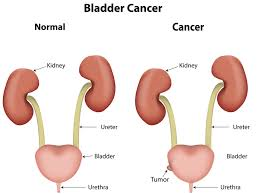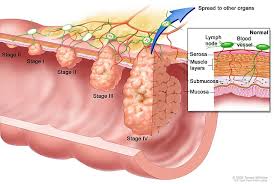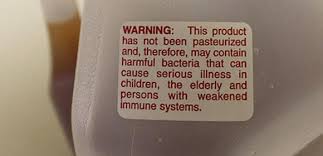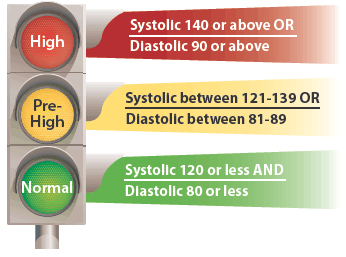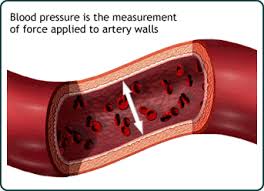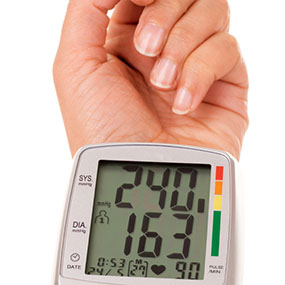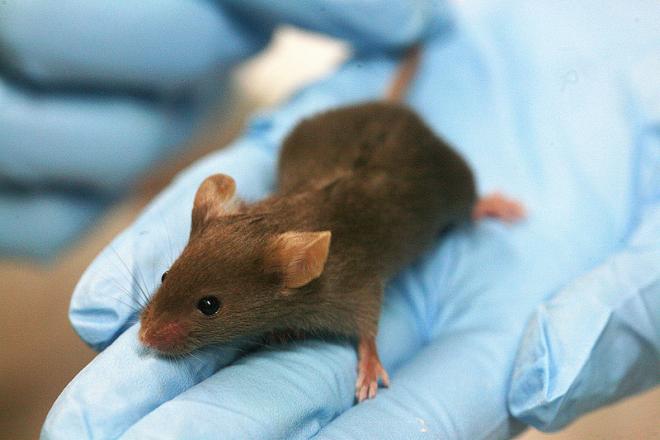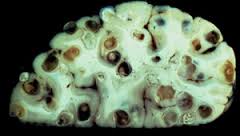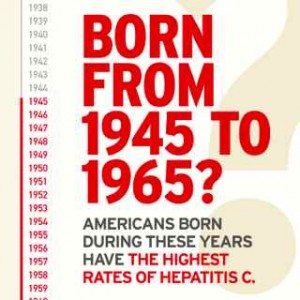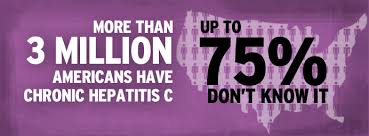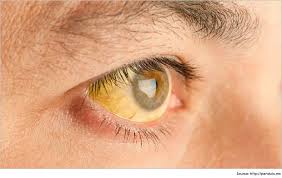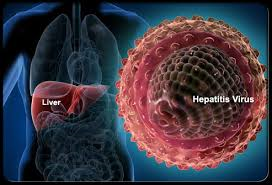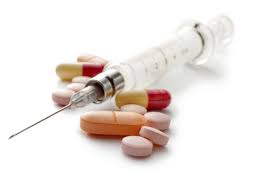 A high-dose flu vaccine is one of several standard-dose vaccines approved for adults over 65 in the US. The Centers for Disease Control and Prevention (CDC) recommend that everyone be vaccinated against flu every season from the age of 6 months. Seniors are at particular risk for serious illness and complications from flu, including death.
A high-dose flu vaccine is one of several standard-dose vaccines approved for adults over 65 in the US. The Centers for Disease Control and Prevention (CDC) recommend that everyone be vaccinated against flu every season from the age of 6 months. Seniors are at particular risk for serious illness and complications from flu, including death.
However, one of the new reports shows that many senior statin users had a significantly reduced immune response to the vaccination, compared with those not taking statins. In the other study, effectiveness at preventing serious respiratory illness was lower among patients taking statins.
One group of researchers analyzed immune response data from an earlier flu vaccine clinical trial conducted during the 2009-10 and 2010-11 flu seasons.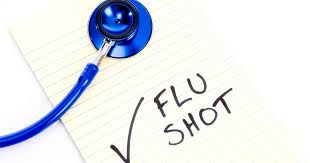
They focused on the potential effect of statin use on patients’ initial immune responses after being immunized against flu. The study involved nearly 7,000 adults over the age 65 in four countries, including the US.
Statin users were found to have a significantly reduced immune response to vaccination compared with those not taking statins, as measured by the level of antibodies to the flu vaccine strains in patients’ blood 3 weeks after vaccination.
Source: Medical News Today




